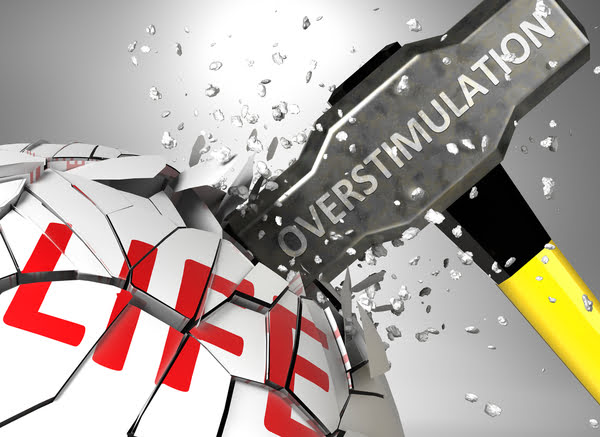Scopophobia test
Scopophobia, also called scoptophobia or ophthalmophobia, is an excessive and irrational fear of being seen or stared at. It is derived from the Greek skopia, meaning ‘observation’ and phobos, meaning ‘fear’. Scopophobia is a specific phobia of a specific social situation that may or may not be a part of social anxiety or social phobia.









